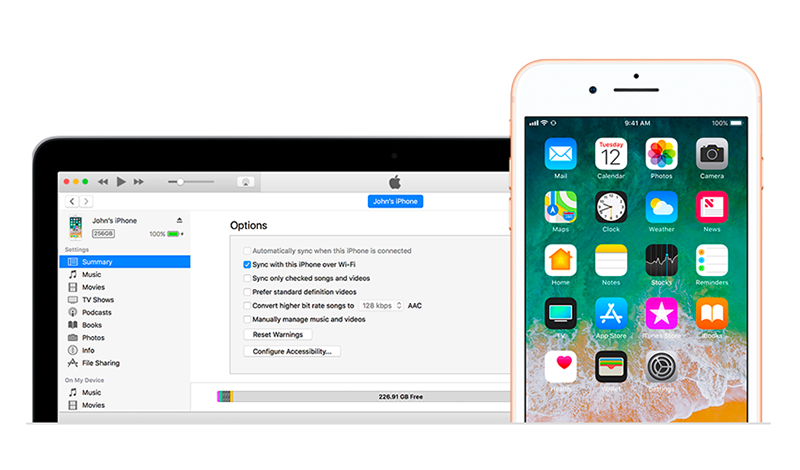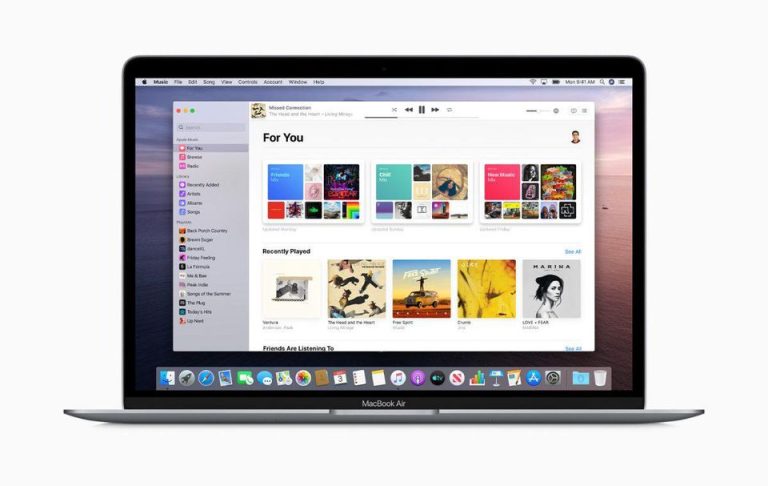Apple’s iTunes, the media library acquainted with the world in 2001, is formally on out. At the June WWDC, Apple declared that it was disposing of iTunes on Macs, which it had just done on the iPhone. As macOS Catalina turns out starting this week, iTunes will be supplanted by three separate applications: Apple Music, Apple Podcasts, and Apple TV.
Previous Apple CEO Steve Jobs reported iTunes at the January 2001 Macworld Expo calling it “the world’s ideal and most effortless to utilize jukebox programming.” In 2003, iTunes 4 presented the iTunes Music Store, on its way to Jobs’ vision of an advanced center where every one of your media would be put away. iTunes changed the manner in which individuals purchased and tuned in to music, yet it additionally turned into a wellspring of dissatisfaction for clients. Productions highlighted tales concerning why individuals loathe iTunes and why you should discard iTunes, and many grumbled on the web.
Apple released iTunes in 2001 as a “jukebox” programming that enabled Mac clients to import melodies, convert them to MP3s, and store them.
“iTunes is miles in front of every other jukebox application, and we trust its drastically more straightforward UI will bring considerably more individuals into the advanced music upset,” Steve Jobs said.
In October 2001, Apple released the first iPod, which consequently matched up with iTunes. “With iPod, tuning in to music will never be the equivalent again,” Jobs said.
In the official statement, Apple called the iPod “a leap forward MP3 music player that packs up to 1,000 CD-quality melodies into an ultra-compact, 6.5-ounce structure that fits in your pocket.”

The iTunes Music Store made iTunes a model for lawfully purchasing and downloading music, The Verge watched.
It ended up accessible for Windows too in 2004. iTunes 5 and 6 were principally bug fixes, however, they included webcast and video support in 2005 and 2006, separately. In 2006, iTunes 7 presented games, gapless playback, and then some, as Apple likewise discharged the first iPhone. By this point, the product bolstered iPod Classic, Shuffle, Touch, Nano, and iPhone.
Post-iTunes 7, the product continued getting all the more confounding, and reactions turned out to be progressively basic as it developed from a music player to an interactive media stage. It was even quickly home to Ping, “an interpersonal organization for music” that was supplanted inside a year. Ping was allegedly expected to associate with Facebook, yet clients brought up that it was hard to use, without any alarms or warnings when companions responded to you.
In 2012, upgraded iTunes 11 remaining clients confounded about how to get to and compose their substance, which could now incorporate, music, web recordings, TV shows, and motion pictures. Apple additionally propelled iTunes Match, a spilling administration, alongside the Genius Sidebar, which clients discovered befuddling. In 2014, Apple overhauled the product again for iTunes 12, again befuddling clients and muddling some cautiously curated music accumulations with iCloud Music Library.
Apple at long last entered the gushing game in 2015 with Apple Music, which was an independent help, however confusingly additionally lived in the equivalent iTunes Mac application. It is its own application in iOS, in any case, separate from the music player.
In the official statement, music maker Jimmy Iovine said;
“Online music has turned into a convoluted chaos of applications, administrations, and sites. Apple Music unites the best highlights for an encounter each music sweetheart will acknowledge,” despite the fact that Apple didn’t react explicitly to grumblings about the messiness and intricacies of iTunes.
A few critics state iTunes was bound starting thereon. “Individuals couldn’t make sense of the new, Frankensteinian crossbreed. Which of their melodies were facilitated in the cloud? For what reason did they have to reemerge their Apple ID each time they needed to play a collection? Where were their downloads going?” Kevin Roose wrote in the New York Times.
Apple blogger Marco Arment considered Apple Music a “hellfire stew,” and the New York Times called late iTunes “an enlarged, carriage bad dream.” Problems with Apple Music unavoidably influenced the iTunes experience as they were integrated into the equivalent application.
Over the Internet, the agreement was that Apple placed an excessive number of highlights into iTunes, yet none of them worked quite well. Skirt called it “Apple’s most loathed application” and Farhad Manjoo composed at Slate in 2012 that “Apple’s unpleasant, enlarged program needs amazing.”
Presently, iTunes is no more. Clients stream as opposed to purchase music, and even physical music deals surpassed iTunes deals early this year. Digital books and web recordings can be downloaded straightforwardly onto gadgets and setting up iPhones never again requires a connection with the product, so iTunes is never again the center point it used to be.

